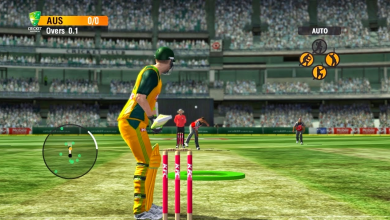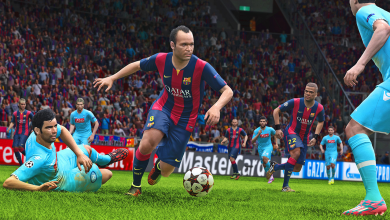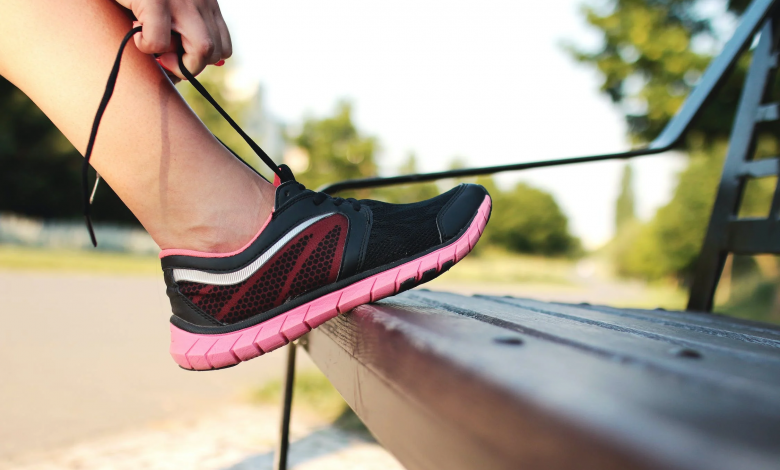
What adventurers put on their feet is the most personal decision they make. Like any other shoe, choosing trail runners may be tricky and subjective. What works for you will most probably not work for everyone.
How to Pick the Best Trail Running Shoes
But, to help you make the best choice for your next pair, we’ve compiled a list of everything you need to know. This is our guide to tips for choosing the best trail running shoes, including everything from shoe kinds to features and advice.
What are Trail Running Shoes?
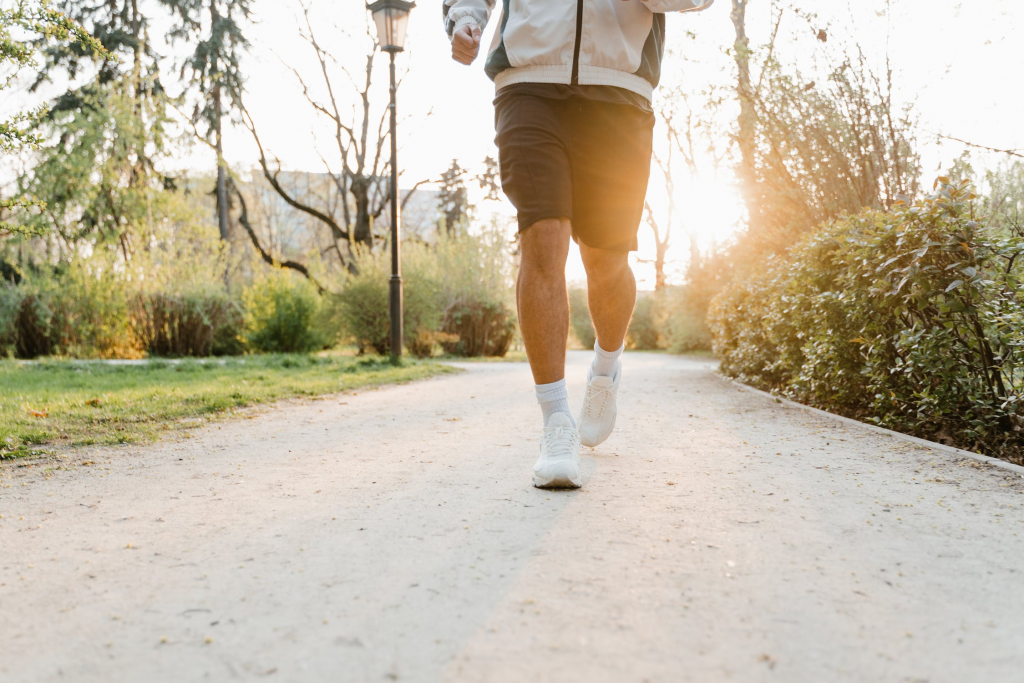
Trail running shoes are becoming increasingly popular as more people walk off the beaten path and into the woods. Trail shoes are a cross between regular running shoes and light hiking boots.
They blend the former’s running abilities with the latter’s grip and sturdiness, allowing you to tackle more challenging terrain. Trail running shoes with solid tread patterns will give even more traction than road runners.
Trek running shoes tread patterns.
The tread is robust and won’t rip as quickly as you go over rock and roots found on hiking trails. The stiffer and harder soles of the shoe will protect the bottom of the feet, especially on rough terrain.
Toe plates are also standard and will help to avoid difficulties caused by toes colliding with debris on the trail. Although trail running shoes may not provide the same ankle protection as traditional hiking boots and are lighter, they are becoming increasingly popular among long-distance hikers who appreciate their weight and mobility.
Self-Assessment Questions
Before choosing a purchase, there are some key questions to ask yourself to make the most of your trail adventures. Answering these questions will not just help you clarify your goals but will also assist you in determining which type of trail running shoe is appropriate for you.
What am I going to do?
Knowing your goals can help you, and the store attendant selects the appropriate shoe.
Are you preparing for a long run, such as a marathon or triathlon?
Or do you like short runs?
Second, how frequently will you wear the shoes each week?
A flexible and lightweight trail runner may be the solution for beginning runners or those who only run a few times each month. These provide the required comfort and simplicity.
Trail running shoes with robust protection and enough support are recommended for experienced runners who wish to take things up a notch. Shoes that can sustain numerous days of running each week.
Where am I running to run?
Running shoes for mountain treks
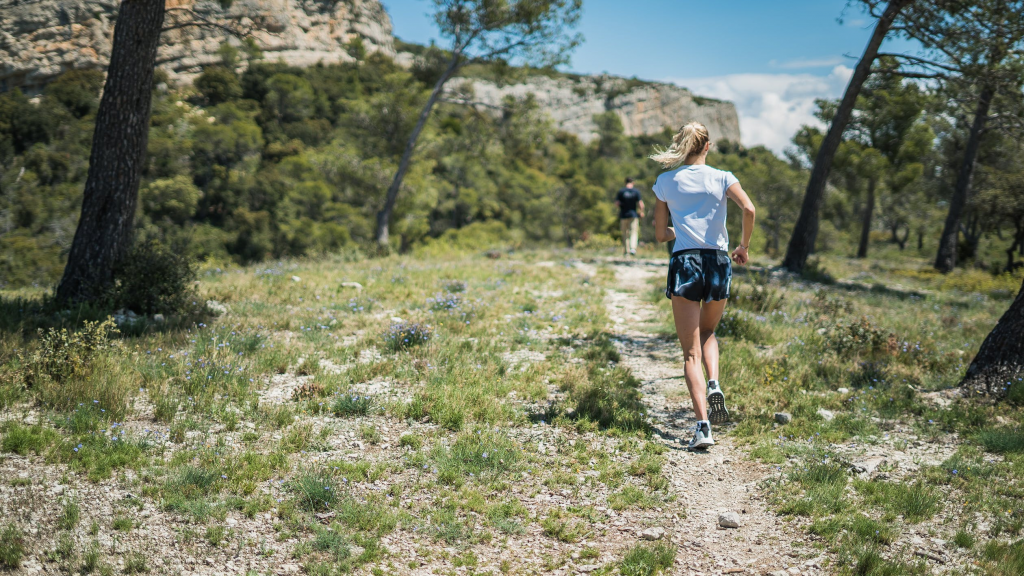
Knowing the type of terrain to expect is maybe even more crucial. Although it might be challenging to forecast, buying a shoe designed for terrain that is a bit harsher than you may find advisable.
This gives you room to develop and extra comfort on your selected trails. A lightweight trail running shoe that combines speed and grip will be ideal for hard-packed terrain. However, because muddy trails are familiar, an aggressive tread with a supportive instep is popular among beginner runners.
If you know you’ll be rock hopping, a shoe with reinforced uppers and a rugged outsole will protect your foot safe from sharp pebbles. Amazon has trail running shoes.
What physical attributes do I have?
We’re all aware of our shoe sizes, but a lot goes out the window when it comes to trail running shoes, a lot goes out the window. You’ll need to ask yourself two things when you narrow down the type of shoe you want.
What kind of physique do I have?
In addition, what shape are my feet?
These factors will impact which shoe performs best for you in the long run. If you have a heavier build, you may want more padding to reduce the stress on your knees. Because of the additional padding, you may require a larger shoe size.
On the other hand, our feet come in various forms and sizes. You may appreciate the look and features of a particular shoe, but those features may rub against your feet. This will cause strength to become a weakness. Don’t become too attached to a specific shoe. You’ll be sorry when you’re in the mountains. For longer runs, find a light trail shoe with substantial midsole cushioning so you may run in comfort for extended periods.
Trail of rugged
Hiking trails replace challenging dirt terrain. Rugged terrain shoes can help you tackle all marked trails in your neighborhood and interstate and international tracks. As a result, the shoe is suitable for various terrain and is an excellent choice for both beginning and advanced runners.
Rugged trail running shoes contain toes that tip up and guard plates to protect against rough terrain. The shoe is stiffer to support your ankles. At the same time, the extra grip will help in rainy situations, primarily as you descend the mountain.
Off the Beaten Trail
The fourth trail running type is for those who want to progress beyond hiking. This is the shoe for individuals unsure of what they may encounter. A shoe that is ready for any situation. Off-trail shoes are heavier and offer more foot protection.
You’ll have better grip and sturdiness, with less possibility of rolling your ankle. While we don’t advocate waterproof trail runners, this feature is more common in off-trail footwear. Long-distance hikers, such as those on the Appalachian Trail or the Camino de Santiago, choose difficult and off-trail choices.
They’re popular because of their minimal weight, but hikers should know that they’ll need to be replaced frequently. This might happen three or four times on a trail like the AT or PCT.
Trail Running Shoe features
Now that you’ve narrowed down the type and style of your upcoming trail running shoes let’s go a bit deeper. Many of the features of every kind of shoe are the same, although some go farther than others. For example, rugged trail shoes have more excellent cushioning than light trail shoes.
Tread
Tread is likely the most significant distinction between trail runners and classic running shoes. An aggressive tread pattern will let you grip the surface on any terrain. However, it is critical to understand the impact of the shoe’s “lug.”
The lug is an indented rubber sole. A short lug design is ideal for lightweight trail shoes. However, individuals on more challenging terrain will require a deeper lug design to retain grip.
Foot Support and Protection
Trail running shoes must have some measure of protection and cushion. This might be as easy as adding extra support to the insoles of light trail shoes. However, if you quickly have painful feet or have had injuries in the past, it is worth looking into a shoe with extra protection.
Rugged and off-trail shoes are made of sturdier material and provide additional ankle stability. They will give extra protection for your toes against pebbles and roots. Even though these “heavier” shoes are stiffer, individuals heading deep into the mountains will enjoy the confidence and room for a mistake they provide.
Drop from Heel to Toe
This feature displays the shoe’s drop from the rear to the front. Fall is more common in ordinary running shoes than in trail runners. Trail runners must have a better feel for the surface in diverse locations. It may take little time to change your heel to drop if you are used to running with your feet inclined lower. It is critical to practice the drop before beginning your first run.
Putting on your shoes
With the rise of Internet purchasing, it’s never been easier to buy your new trail running shoes. While this is a simple alternative, knowing and trusting your shoe is essential before venturing onto the trails. Even if you buy online, having your feet checked before handing over your money is a good idea.
This is when an expert will examine the shape of your foot and help you find the best shoe for your running style. This will prevent future problems such as bunions and plantar fasciitis. Now that you have decided on a shoe, it’s time to see if it’s right for you.
Follow these guidelines:
Roll your ankles
Not literally, of course. However, observe how the shoe reacts to a slow-motion twist.
Do you feel supported but not in control of your shoe?
Take a few steps on the side of your feet to find out. Examine the grip. Some shoes may promote micro grip, which is also stylish. But, in the end, the grip you perceive is the grip you have. In this situation, bigger is better.
Bring extra socks.
When trail running, you won’t be wearing your everyday socks, so pack thicker socks to help establish appropriate shoe sizes. A bigger size will also help if your feet swell.
Back run and forth.
Finally, make every effort to replicate the real world. Use various portions of your foot and even run backward. This will help how the shoe feels when running uphill.



